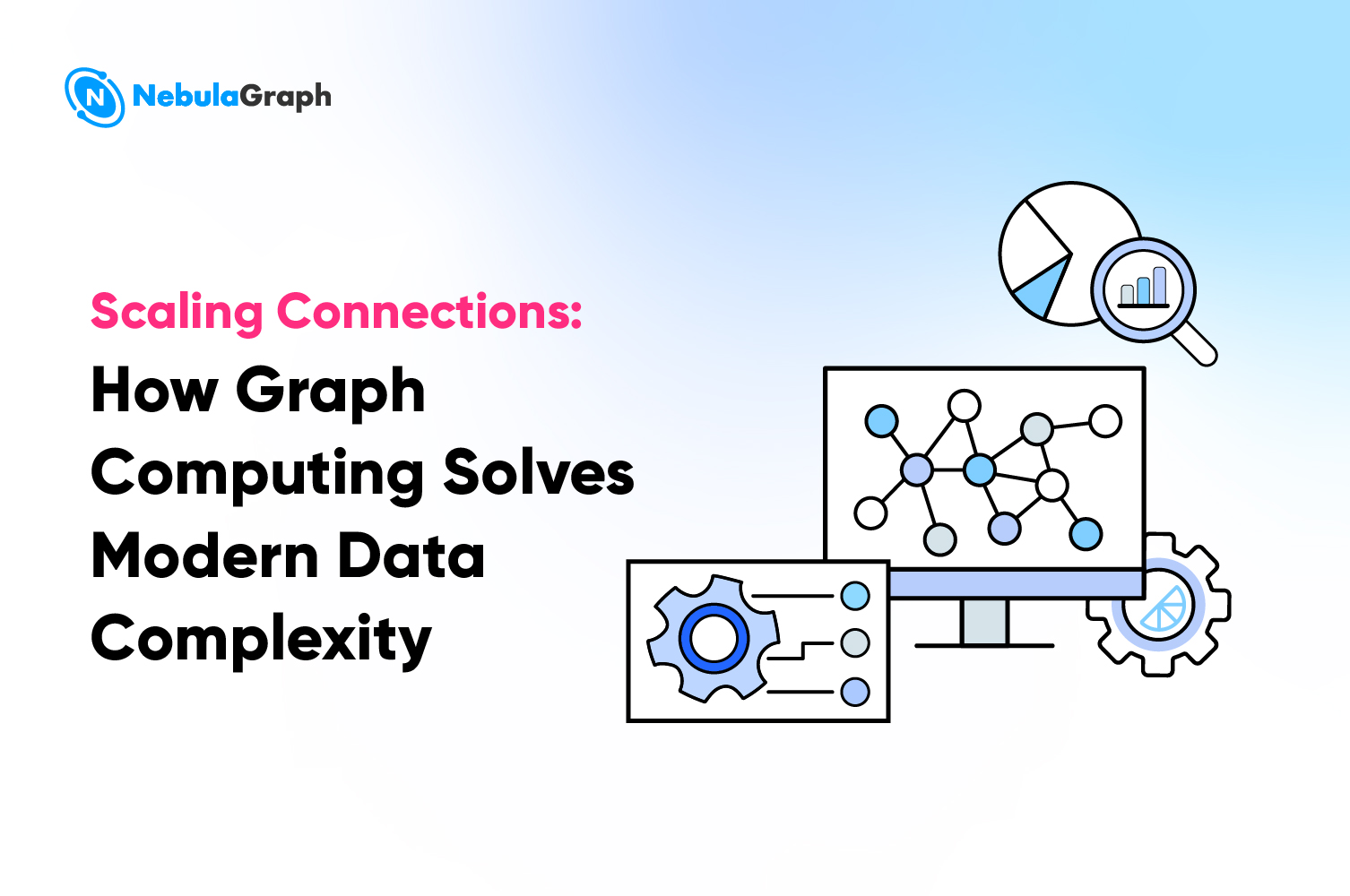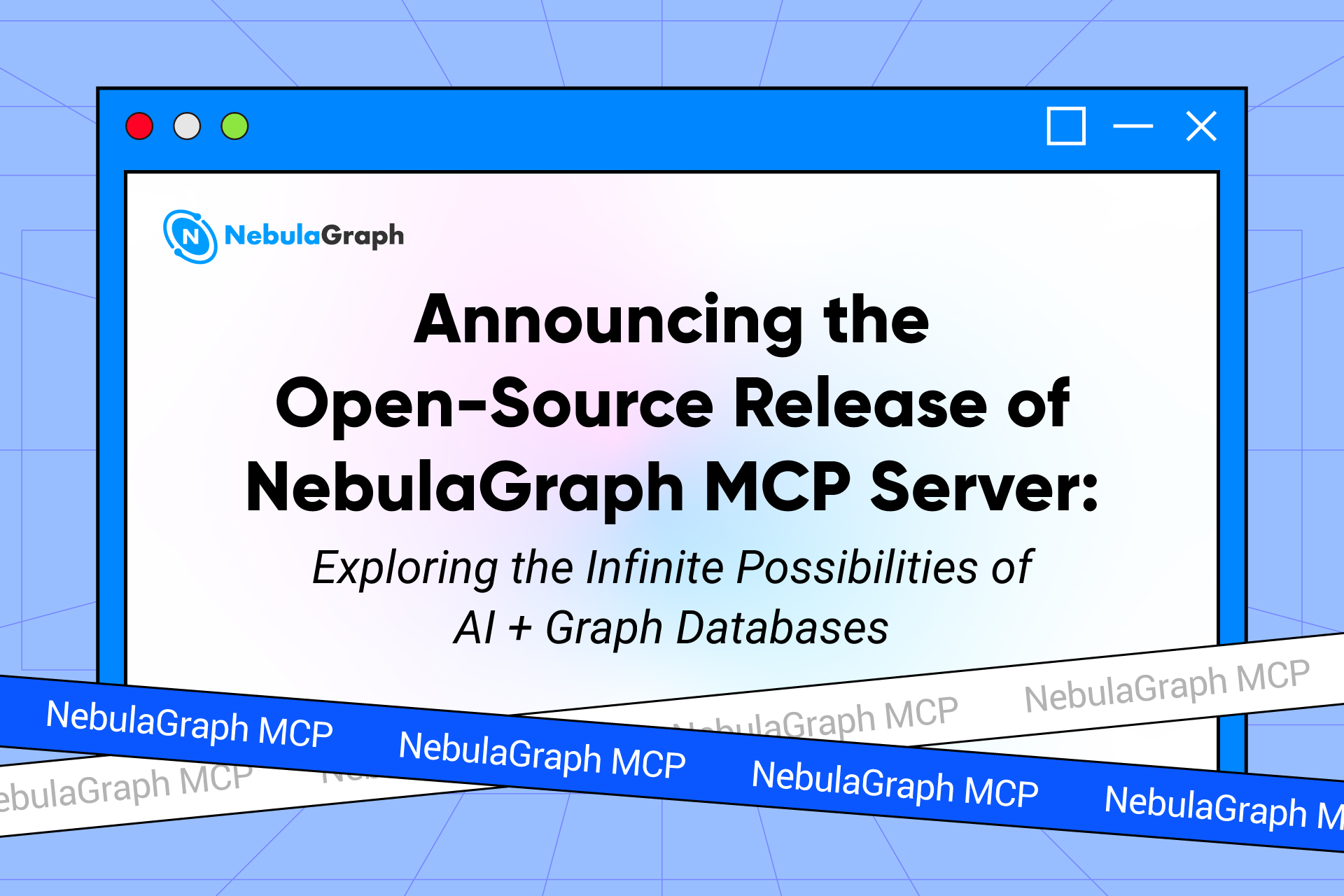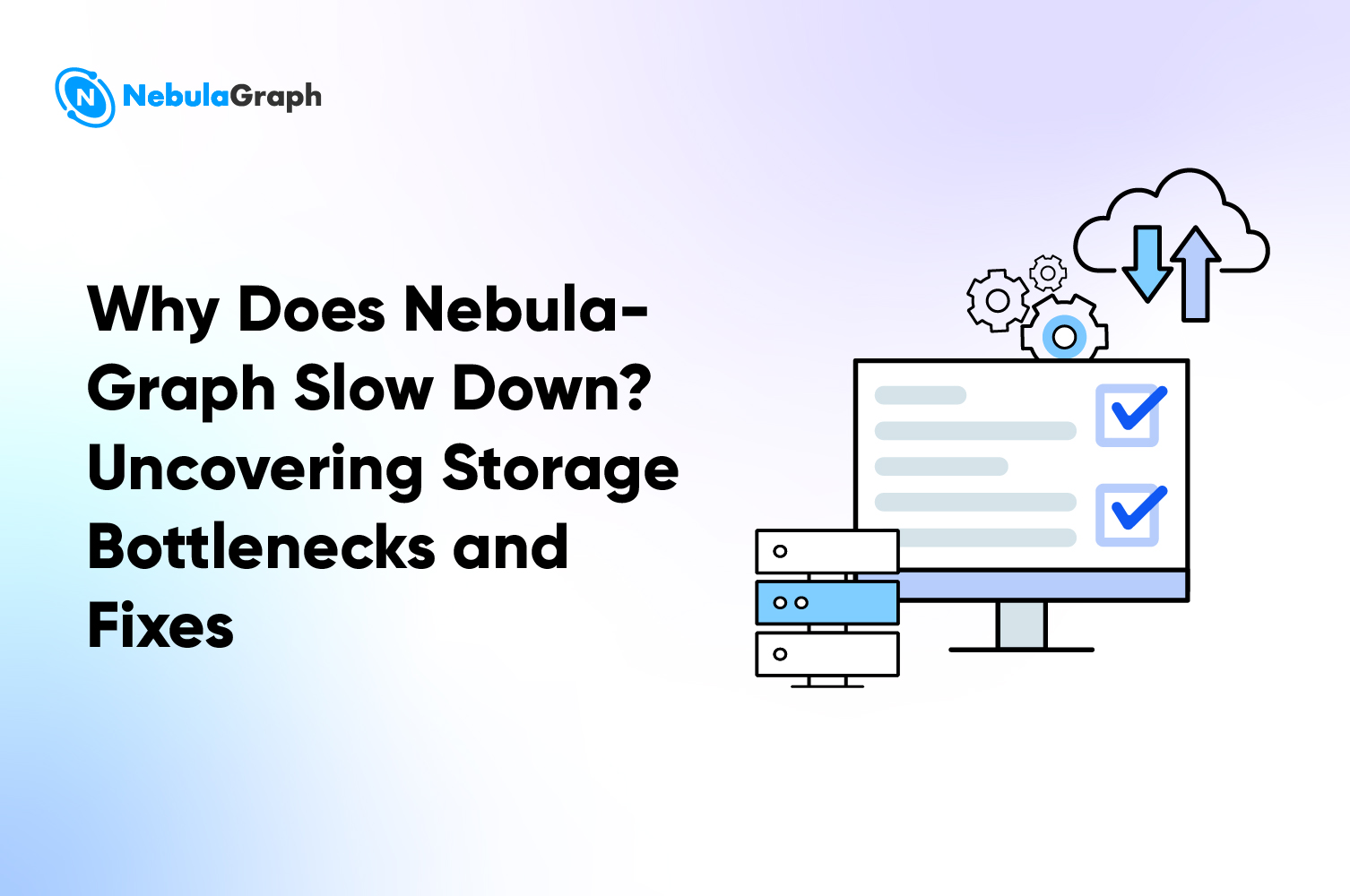Performance
How to Train a Generative AI Model Using Graph Databases
Generative A.I. (Gen A.I.) is taking the world by storm. Before the advent of Gen A.I., machines could not produce content without human intervention. What makes Gen A.I. revolutionary is that this intelligence equips machines with the ability to produce varying content – music, images, art, etc. – that’s similar to what humans produce. To achieve this feat, Gen A.I. memorizes existing data and, using advanced machine learning models, it can near-perfectly mimic human behavior. The ability of a generative A.I. model to produce content is influenced to a great extent by the training method used. Luckily, developers have various training methods at their disposal. In this article, we take a look at key training methods and show how the use of graph databases improves accuracy and enhances the training of generative models.
What are generative models?
Generative A.I. models are sets of algorithms that use training data to produce content that resembles human production. As a result of generative AI training, machines today can produce text, audio, and also create images that we could not dream of in the not-too-distant past. While it’s still at its infancy, Gen A.I. has taken a hold on various industries. This is down to the ability to accomplish tasks at speeds beyond human ability. Gen A.I. improves efficiency and since it requires little or no human intervention, it reduces labor costs. The technology is currently being applied in various industries including:
- Manufacturing
- Finance
- Entertainment
- Healthcare
This is an exploding technology that is projected to be worth $110.8 billion by the year 2030. A few factors make the adoption of Gen A.I. inevitable. Business owners particularly find it appealing for these reasons:
- Cost cutting: AI-powered solutions outperform human labor and reduce HR costs..
- Greater efficiency: Machines and robots perform with greater efficiency than humans
- Faster decision-making: Company executives might take too long to arrive at a decision because of lack of credible information. Gen A.I. hastens this process by providing quick and precise data that humans might not be aware of.
How to train a generative AI model with graph database
So, what steps do you need to take to train generative AI models using graph databases? Two major steps come into play.
1. Identify use cases
To decide where you want to implement graph A.I., you might want to identify patterns and trends that impact your business. If your company is being mentioned in social media, for example, you might want to analyze the posts and the relationships between the users. Should you run a clothing eCommerce site, you might want to know how changes in the seasons affect your sales.
2. Choose the right graph database
- Define the entities, properties, and relationships relevant to your case
- Select an A.I. graph database platform. Leading graph databases include NebulaGraph, Amazon Neptune, Neo4j, Microsoft Azure, among others
- Import data to the graph database. To make machine learning effective, ensure that the imported data is devoid of inconsistencies and is properly formatted.
Also Read: How to import data from Neo4j to NebulaGraph
3. Algorithm building
Once a graph database is in place, next is to build algorithms and queries to extract insights from the data. From the algorithms and queries created, the machine is taught by being presented with a host of tasks. The tasks that the machine will be required to perform will vary depending on whether the teaching method is supervised or unsupervised.
Supervised learning
For supervised learning, the machine could be required to:
- Predict whether a relationship exists between nodes in the database. Should a relationship exist, what properties can be deciphered about that relationship? This is the kind of querying used by eCommerce stores such as Amazon for their recommendation engines. Once a buyer purchases a particular item, for example, what else might they want to buy?
- Predict the properties of a node. Predicting the properties means that the machine is required to classify it. If, for instance, it’s presented with a blouse in a retail store, where is it going to classify it?
Unsupervised learning
For unsupervised learning, the machine could be tasked to:
- Find and measure similarity or dissimilarity between pairs of nodes. By telling the differences between data points, the machine is being taught to understand relationships and patterns within data. This is the kind of technology used for image recognition and anomaly detection. If the machine was presented with two images, similarity algorithms will help it tell whether the two feature the same person or different people.
- Conduct community detection. In graph machine learning, community detection is used to locate groups with similar attributes. In a network, a community is identified by the presence of similar nodes. When analyzing social posts, the machine can detect a community that makes similar posts from the similarity of the nodes.
- Carry out representation learning. Some data could have a lot of hidden features. Representation learning helps algorithms to discover such features. Moreover, this process helps algorithms extract patterns from data and make it easier to understand.
Why graph databases are best for training generative models
Unlike relational databases, graph databases contain features that make a huge difference in machine learning.
Let’s look at the top ones.
1. Graph databases can handle huge amounts of data, which enhances scalability
A generative model that’s trained on a huge amount of credible data will ultimately perform better than one trained on lesser data. When graph technology is applied, a generative model can be trained on a vast amount of data as this technology enables for faster data processing. When compared to relational databases, for example, graph technology provides faster performance because the latter uses indexes and pointers to reach nodes and relationships without necessarily having to scan all the material collected. The availability of vast datasets simply provides ideal conditions for machine learning. Should there be a reason to augment the training dataset, graph databases can be scaled up to meet the new requirement.
2. Graph databases offer exceptional visualization
The aim of all generative AI models is to make machines operate the way humans do and hence create content similar to what human beings could create. Data visualization is important here because it helps the machine (or person) looking at some content to see how several points are related to each other. Data from relational databases which is presented in the form of chart bars, pies, and percentages does not help us see the relationship between the various points. But by using nodes and edges to present relationships, graph databases help the learning machine to quickly decipher the meaning behind the data.
3. Graph databases offer greater context
To develop intelligence that is as close to that of humans as possible, machines need to put the data they are trained on in context. In a structured Query Language (SQL) system, data is presented in rows and columns but, looking at it, it’s never easy to tell how the various points in the data are related. Since graph databases are centered on the relationship between the various points, a machine trained using these graphs can see the context. The machine can notice the structures and patterns in the training data, then reproduce similar versions with near-human creativity.
4. Graph databases are analogous to the human brain
The structure of the human brain and that of graph databases share astounding similarities which make the latter ideal for training generative models. As noted earlier, a graph database consists of vertices (or nodes) and dots which are connected by edges. A graph database, therefore, is a network of vertices. The human brain, on the other hand, is made up of billions of neurons and over a quadrillion connections. When it comes to the identification of relationships, a graph database, therefore, operates exactly like the human brain. Other generative training models might falter or fail outright to see connections between training data. But graph science has the infrastructure in place to develop algorithms that develop problem-solving skills in a manner that is similar to the human brain.
5. Graph databases deliver greater analytical accuracy
Since graphs can clearly identify the relationship between vertices and edges, they allow for appreciation of the real-world situation. Compared to other methods of generative model training, graphs are better at ensuring that the end product is almost identical to what an intelligent human being could produce.
6. Graph database deliver easy to understand insights
In many organizations, a lot of information is only understood by a tiny fraction of nerds who might have neither the time nor the ability to explain complex concepts to their colleagues or customers. Unfortunately, some of the people who actually need to grasp such concepts could be executives and decision-makers. In the world of academia, for instance, a lot of information is available in jargon which the average person can hardly comprehend. Training machines using graph databases could help LLMs produce data in a form that is devoid of jargon and which ordinary people can understand. Jim Webber of InfoWorld in How knowledge graphs improve generative AI gives the example of a publishing company that is preparing an A.I. tool. The tool is trained using knowledge graphs to produce content that will be accessible to users in plain language.
7. Graph databases solve most of the problems that data scientists encounter
Graph databases excel in addressing these common challenges that data scientists are constantly fighting when using traditional approaches.
Data enormity
The amount of data that an average organization might have to analyze to help executives make informed decisions could be overwhelming. For example, the chief decision makers need to understand how company operations are getting affected by the competition, gauge customer sentiments, and find out what social media commentators are saying about the company. In a nutshell, there’s so much data to analyze and, unfortunately, traditional data processing methods lack the ability to do so. Graph databases provide an ideal solution for organizations that lack the capacity to handle such data. Where traditional analysis methods could take days or even months to provide insights from big data, the use of graph technology enables organizations to analyze such data in real time. This is possible because they store relationships using the connectivity between vertices. By utilizing this connectivity, queries can be answered in milliseconds.
Poor quality data
Data quality has a direct influence on data analyses – if the quality is poor, so will the analyses. In many organizations, data is stored in messy and inconsistent conditions. Such data can hardly be relied upon for correct analyses. When you are unsure of the quality of the company’s data, you must make efforts to clean and preprocess it before using it. Cleaning and other data validation techniques are time-consuming and expensive. But with graph databases, such challenges vanish. Unlike traditional data storage models which store data in haphazard ways, the data in a graph database is stored in a state that shows clear relationships between various elements of data. This greatly enhances the quality of the data. If, for example, your company has been maintaining data manually and wishes to automate the process, a graph database ensures the availability of high-quality and immediately actionable data.
Difficulties communicating technical stuff to non-technical people
While data scientists are technical people, they have a responsibility to communicate to people who aren’t tech-savvy. A slight miscommunication can deny decision-makers the necessary actionable insights. Luckily, graph databases make data storytelling a breeze. From the graphs, even the most tech-challenged person can decipher clear relationships between nodes and edges and visualize how such data can aid in effective decision-making.
Conclusion
Given the ability of graph technology to overcome hurdles that have always hindered other training models, graph databases are gradually taking center stage in generative model training. It's no wonder then that today, graph databases are used in many learning areas including natural language processing (NLP). Through NLP, machines are taught to understand and generate human language. In NLP, graph databases could be used to model the interlinkage between words and phrases. The more the generative model learns how certain words and phrases are related, the better it gets at tasks such as translation, text classification, and sentiment analysis. NebulaGraph unleashes mature graph database technology to power the development of powerful custom graph-driven LLMs for industrial applications, at a significantly lower cost. Get Started.


